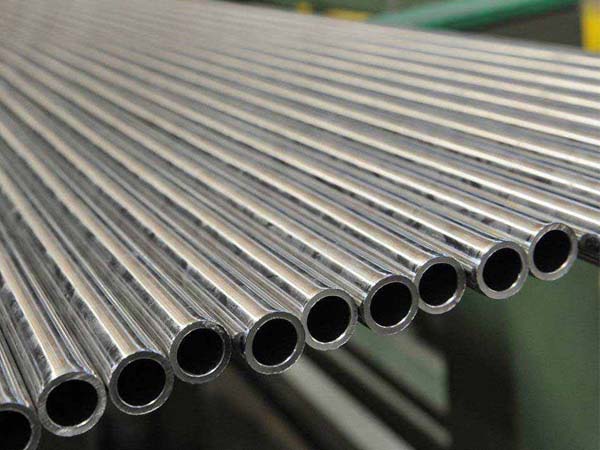

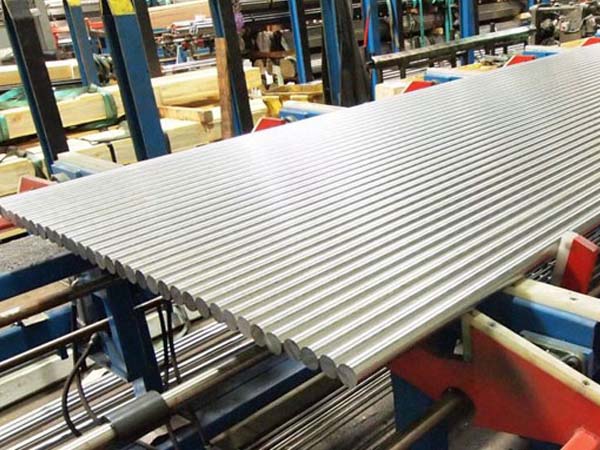

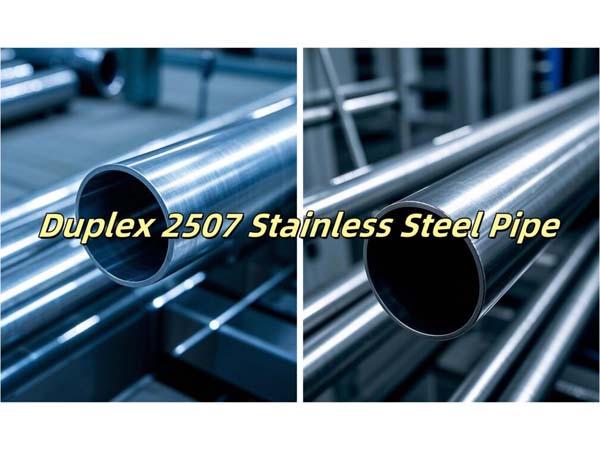

Phone
+86-731-82250427
Address
25th floor, C3 Building, Wanda Plaza, Kaifu District, Changsha, Hunan Province, China.
 May 24 2023
May 24 2023Austenitic stainless steel is softened by solution treatment. Typically, a stainless steel tube is heated to approximately 950 ~ 1150 ° C.
For some time, carbides and all kinds of synergistic elements completely and uniformly dissolve in austenite, and then quickly cool when cooled by water, carbon and others.
Scandium precipitates too late to form a pure austenite structure called solution treatment.
The solution to the problem has three points.
1. Make the structure and composition of the steel pipe uniform, which is especially important for raw materials, due to the rolling temperature and cold of each section of the hot rolled wire rod.
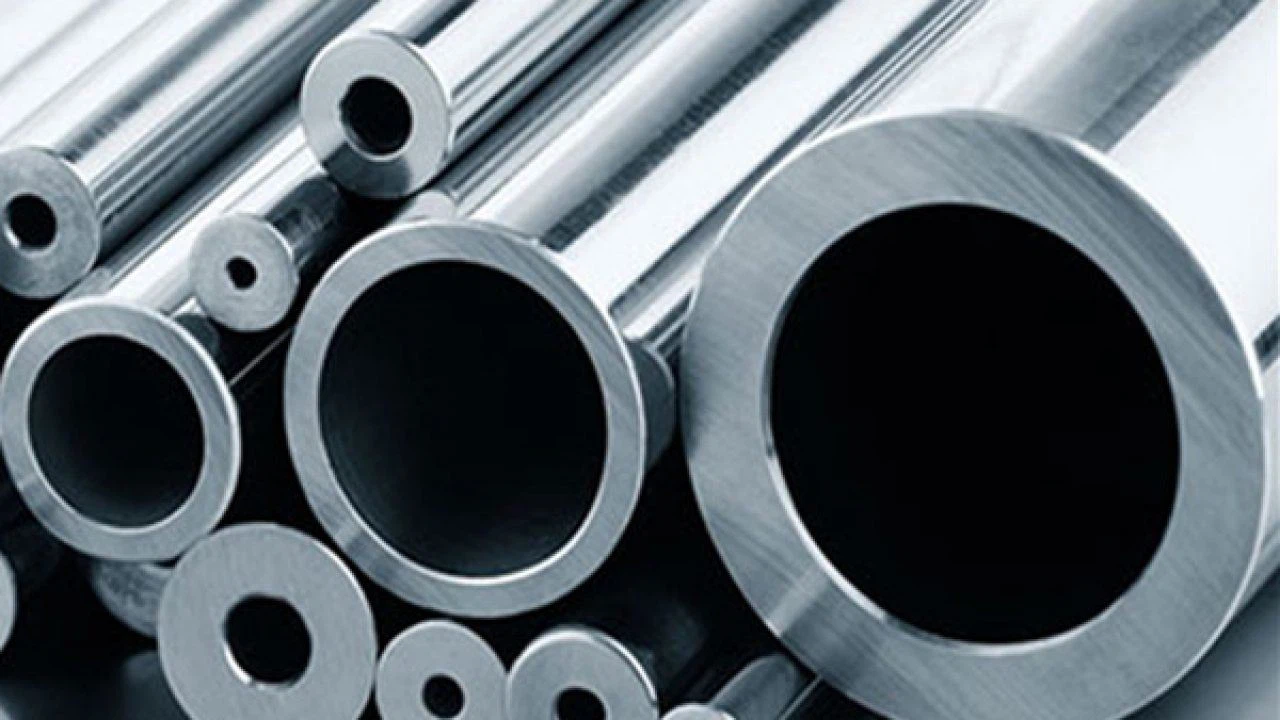
But the speed is different, which leads to a conflicting organizational structure.
At high temperatures, atomic activity increases, the σ-phase dissolves, the chemical composition tends to be homogeneous, and after rapid cooling a homogeneous group of one phase is obtained The cloth.
2. Eliminate hardening to facilitate continuous cold work.
When processing the solution, the twisted lattice is restored, the elongated and torn grains are recrystallized, the internal force is removed, and the steel pipe is resistant to stretching.
The degree decreases, and the elongation increases.
3. Restore the inherent corrosion resistance of stainless steel.
For stainless steel pipes, the three elements of the solution are temperature, holding time, and cooling rate. Solution temperature
Determined based on chemical composition.
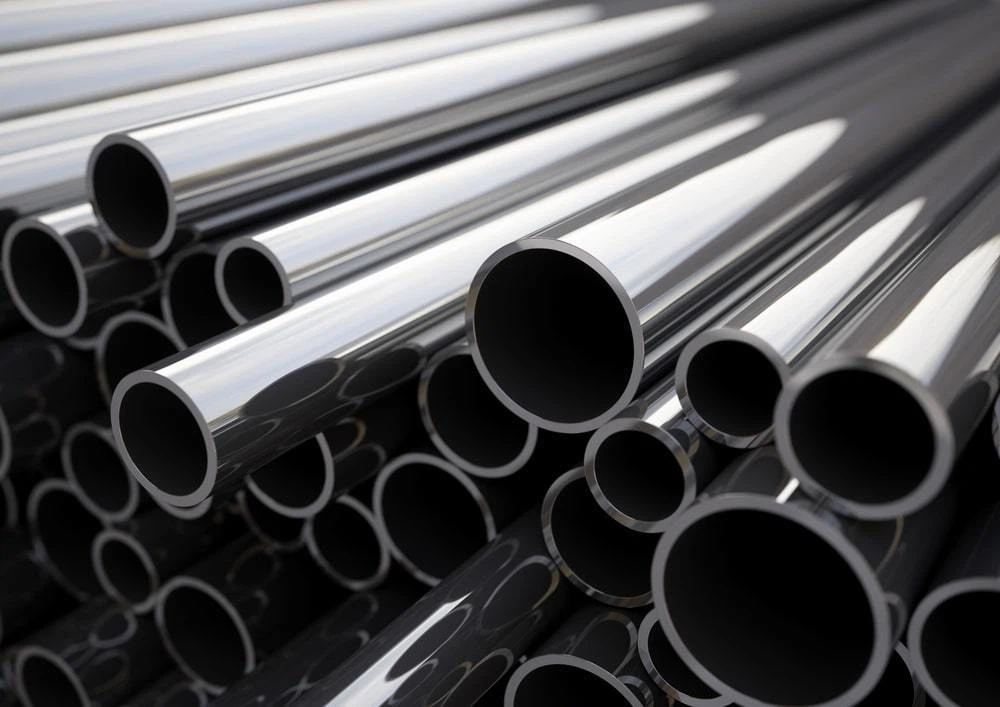
Generally speaking, there are many types of alloying elements and qualities, and the temperature of the solution must be increased accordingly. Especially manganese, molybdenum, nickel,Silicon-containing steel can only be softened by increasing the temperature of the solution until it is completely dissolved.
However, stabilized steel, like 1Cr18Ni9Ti, completely stabilizes the cable carbide of the stabilized element in austenite at high solution temperatures.
Upon further cooling, Cr23C6 will precipitate at the grain boundary, causing intergranular corrosion. To stabilize the carbide element
(TiC and Nbc) Do not decompose or dissolve, generally use the lowest temperature limit of the solution.
As they say, stainless steel does not rust easily, in fact, some stainless steels have corrosion resistance and strength.
Acidity (resistance to corrosion). Stainless steel is stainless and resistant to corrosion due to the formation of a chromium rich oxide film (passivating film) on its surface. its Average corrosion and corrosion resistance are relative.
Experiments have shown that the corrosion resistance of steel in weak environments, such as the atmosphere and water, and oxidizing environments, such as nitric acid, will vary depending on the water content of the steel in the steel.
The quantity increases and increases, it is proportional. When the chromium content reaches a certain percentage, the corrosion resistance of the steel will suddenly change.
That is, from light oxide to hard oxide, from corrosion resistance to corrosion resistance.
